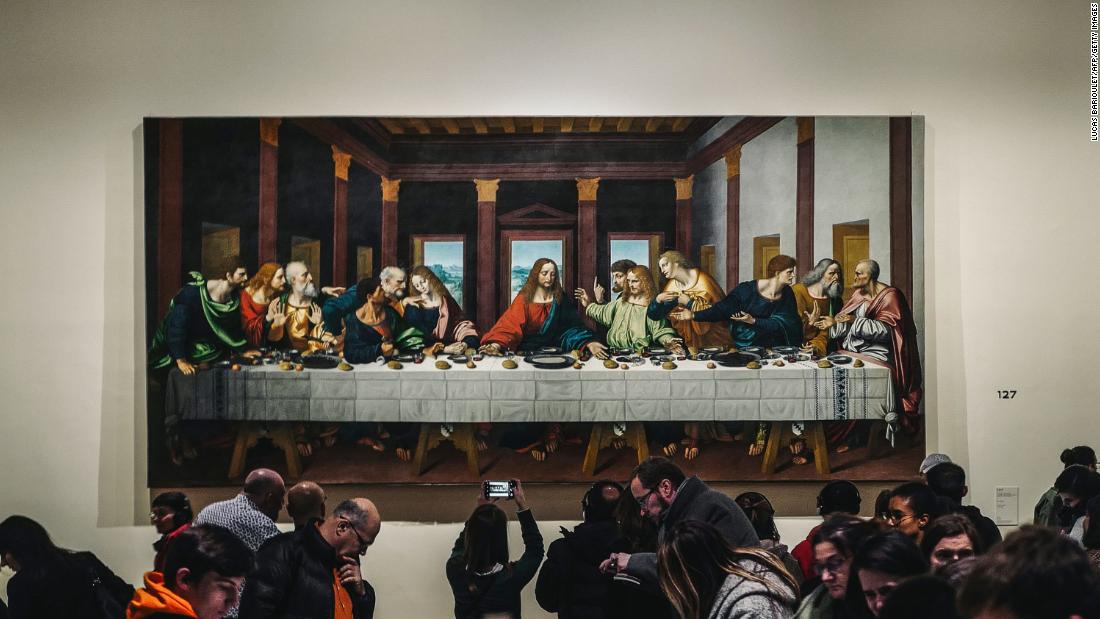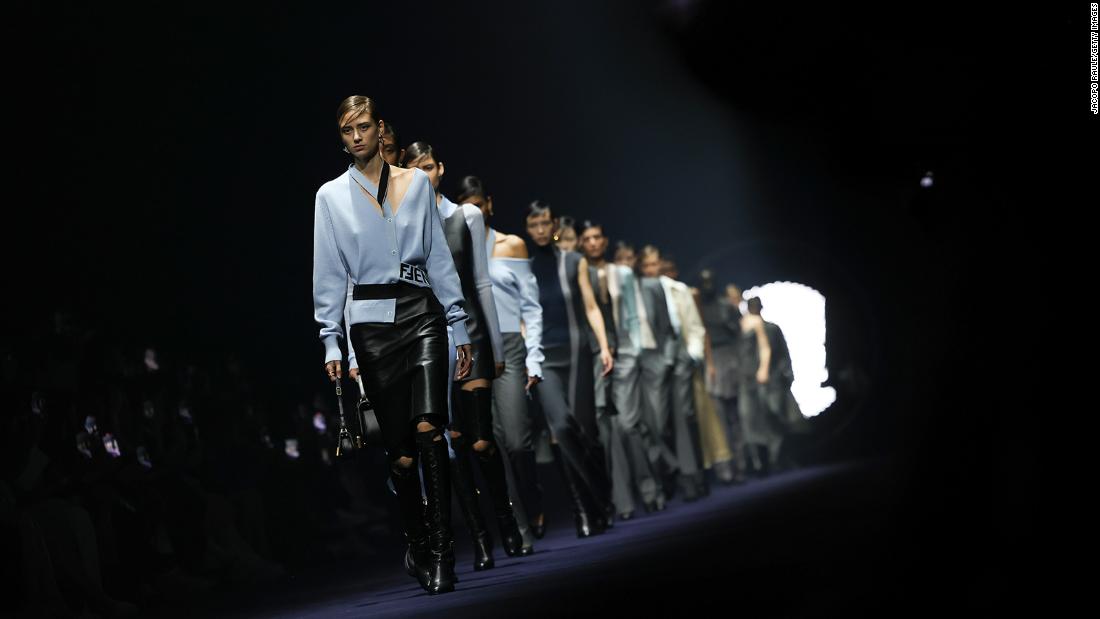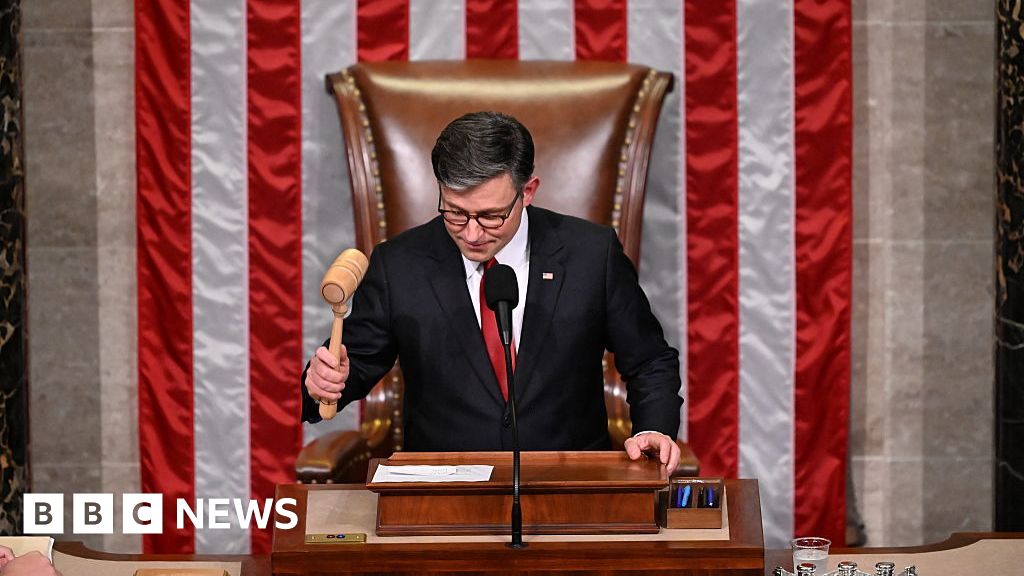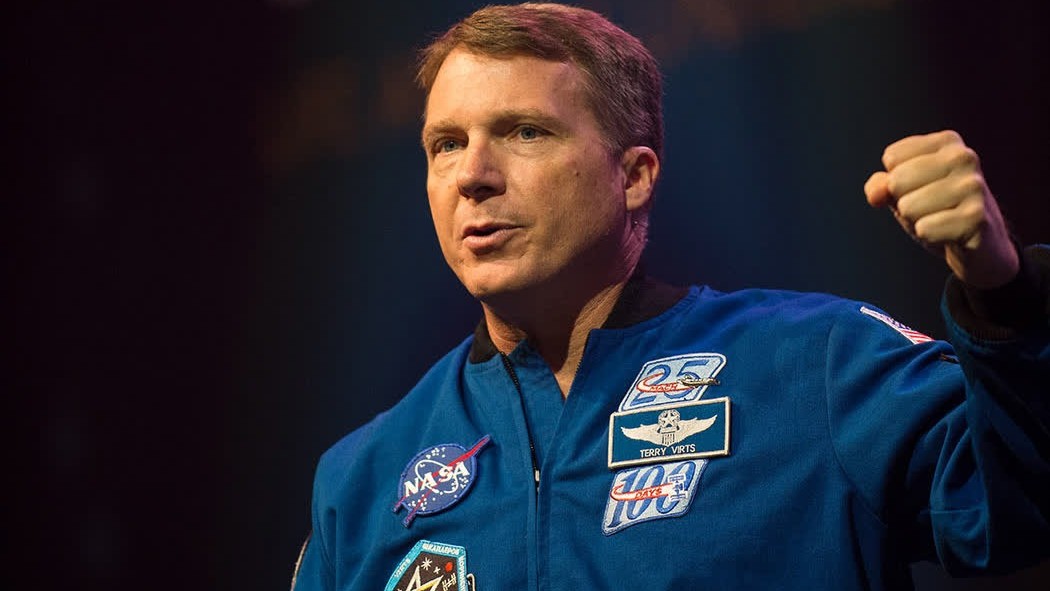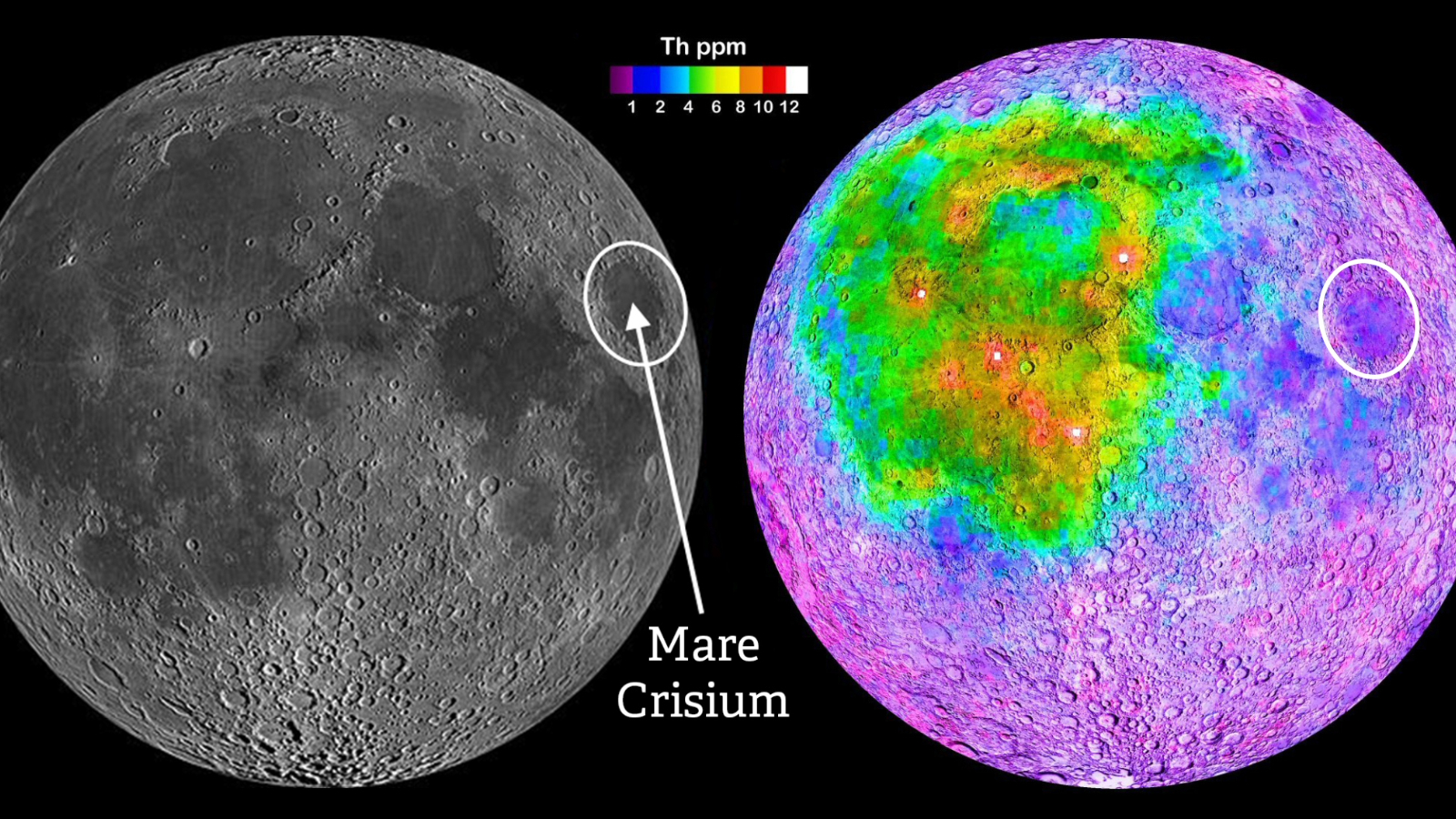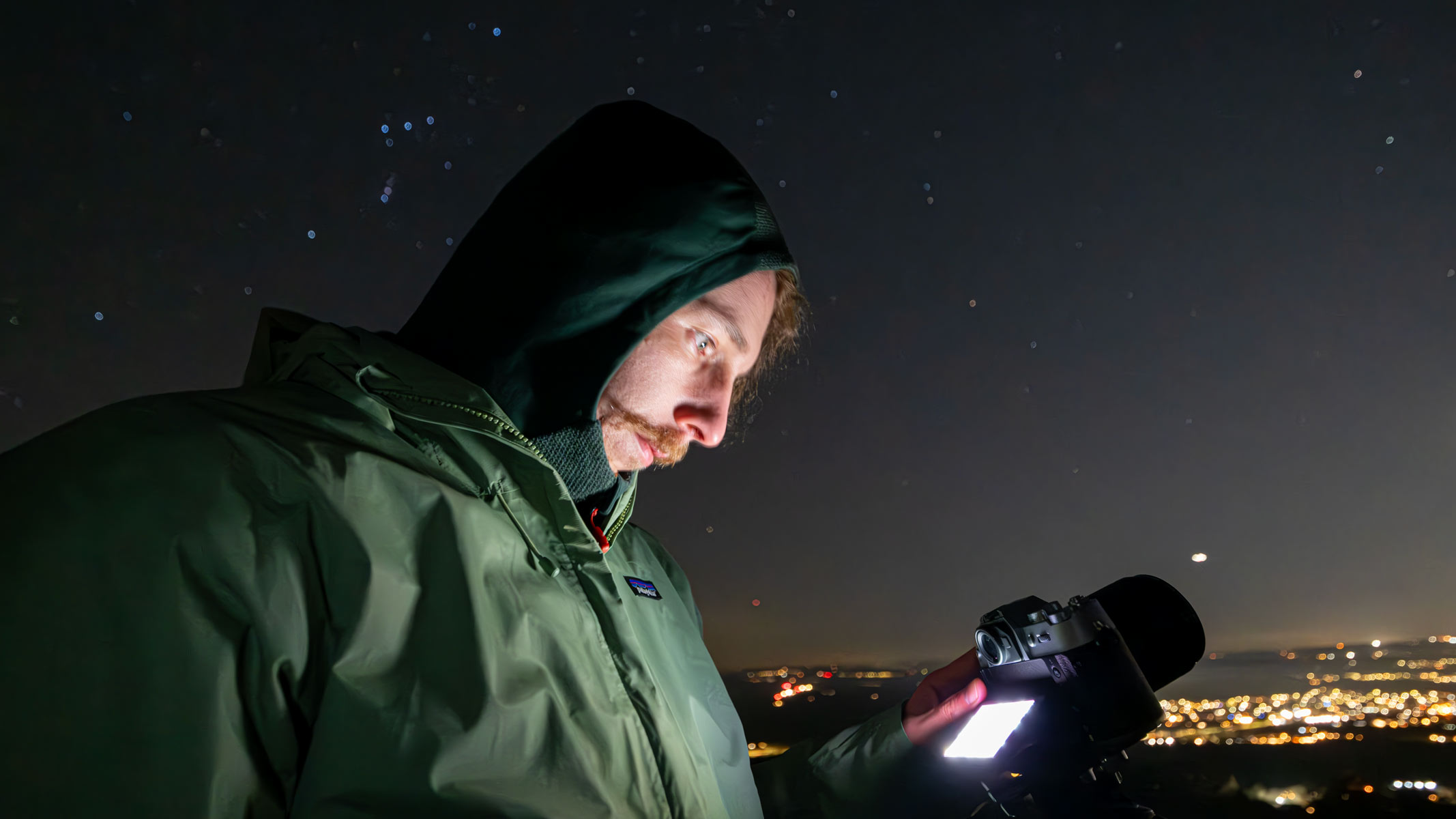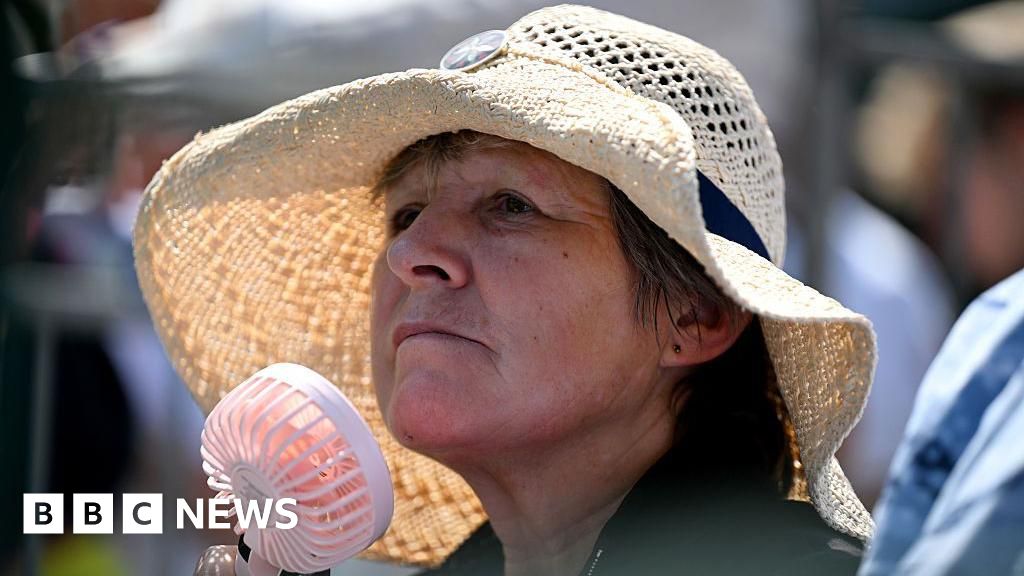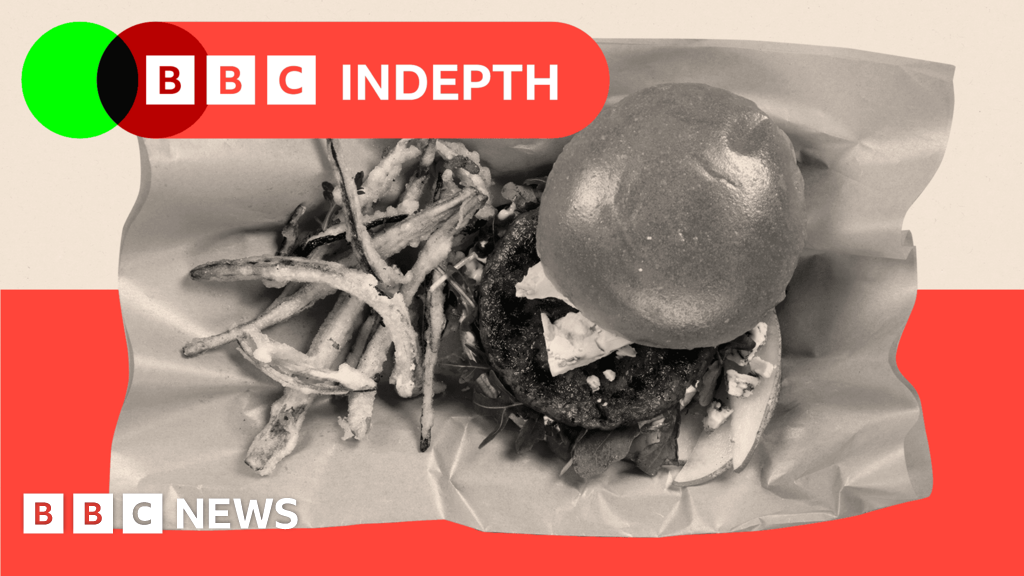Curtis Murayama: Steve “Pre” Prefontaine paved the way for running, Nike shoes and athletes getting paid

I once asked one of my lunch buddies a sports question involving my college alma mater :
“Who is the most important figure in Oregon sports ?”
Chip Kelly ?
Marcus Mariota ?
Michael Jordan and Phil Knight ?
Any actor from “Animal House ”
Without hesitation, he said “Steve Prefontaine.”
Whoa. That was stunning because I never thought someone else besides me would think that.
But my friend is my age, a UCLA grad and a construction manager for a general contractor firm, so I figure he’s got the historical and intellectual chops. Or maybe he just knew that Prefontaine’s life and sudden death had such an everlasting impression on me.
While Knight’s influence—there’s a science campus at Oregon named after him and his wife—has had global reach with Nike, it was Prefontaine who provided the footprints for all the success that followed.
Not everyone knows who “Pre ” is, but his legacy to me is similar to that of Bruce Lee or Kobe Bryant, all of whom died young.
Pre was America’s greatest distance runner. At his death in a single-car accident in 1975 at age 24—years before he could hit his distance-running prime—Pre held all seven U.S. records from 2, 000 to 10, 000 meters.
At 5 feet 9 and 140 pounds with floppy dark-brownish blonde hair, a mustache and a barrel chest, Pre was a physical freak. His lung capacity was twice that of a normal human. He had an exceptional ability to take in and use oxygen efficiently during exercise.
He also had that competitive Mamba mentality. He won an NCAA title with stitches in his foot. An underdog in the 5, 000-meter run at the 1972 Olympics, the then 21-year-old Pre ran himself into exhaustion while striving for the gold, only to finish fourth. He ran as if he got pleasure through pain, but only if he won.
His good friend and former Sports Illustrated writer Kenny Moore said in the documentary “Fire on the Track : The Steve Prefontaine Story ” that “Prefontaine was this magnificent, compelling presence of physical possibilities.”
Why am I mentioning Pre now ?
Because on Saturday, the Pre50—the 50th Prefontaine Classic—will be held at Hayward Field in Eugene, Ore.
It features the best field since the Olympics all in one day—in fact there are Olympic medalists everywhere.
The three women who were on the 100-meter podium in Paris—Julien Alfred, Saint Lucia’s first gold medalist ; Sha’Carri Richardson (silver ) and Melissa Jefferson-Wooden (bronze )—are entered in the same 100 for the first time since the Olympics.
Other gold medalists will be there, such as Tara Davis-Woodhall (long jump ), Valarie Allman (discus ), Kenya’s Faith Kipyegon (women’s 1, 500 ) and Beatrice Chebet (women’s 5, 000 ) and Masai Russell (women’s 100 hurdles ). Big names also are on the men’s side, such as Trayvon Bromell (100 ), Kenneth Bednarek (200 ), Quincy Hall (400 ), Rai Benjamin (400 hurdles ) and Joe Kovacs (shot ).
There is an outstanding mile field, with Americans Cole Hocker, Yared Nuguse, Grant Fisher and Hobbs Kessler. Hocker (gold ) and Nuguse (bronze ) pulled off an Olympic shocker, becoming the first Americans to medal in the event since 1912.
There is the world’s greatest pole vaulter in Armand Duplantis of Sweden, who keeps re-setting his own world record, which stands at 12 times now. And let’s not forget the face of women’s track and field, Sydney McLaughlin-Levrone, the world’s greatest women’s 400-meter hurdler who will compete not in her specialty but in the 400 flat.
But it was Pre who helped pave the way for running, Nike shoes and athletes getting paid.
“For me, he set a tone for this whole company, ” Knight said in the 1995 documentary.
“You’re talking 1973, Nike as a company, as a brand, was only a year old, ” Nike consultant and friend Geoff Hollister said. “Steve joined us at that time as an employee and we were all early pioneers. Steve was really the catalyst. He was the reason we were in business. There couldn’t be a more perfect athlete than Steve for Nike because he had a level of rebel in him. He wasn’t a rebel without a cause—he was a rebel with a cause.”
That cause was battling the AAU for athletes’ rights, even though some labeled him as unpatriotic. Back then, the AAU directed athletes to the meets they could and could not compete in. The AAU also didn’t allow athletes to get paid if they wanted to keep their amateur status for Olympic competition. Look at how things are now. Obscenely rich NBA players are in the Olympics.
“I’m not really trying to get under everybody’s skin, ” Pre said in the documentary. “I’m just trying to bring the problems to a head and an understanding to make the people in this country realize what’s happening in amateur athletics. And what’s happening is that amateurs do not have the same benefits as let’s say the Europeans. I’d just like to bring this to the acknowledgement of the public.”
Said Moore : “It’s a fundamental conflict in the history of American sport and that had to be resolved in favor of the athletes, and it was fought and won the years after Pre died. In 1978, the amateur athletic act was passed, which guarantees athletes’ rights to compete when and where they chose.”
While Pre’s life benefited many, his death touched me directly.
I attended Oregon, but after Pre had already graduated in 1973, so I never got to meet him, though I saw him tending bar at a tavern. He had this mythical status about him. I remember a co-ed saying to the class that she thought Pre had an aura about him—I think she used the words “sex appeal.”
Pre was a seven-time NCAA champion and the first to win four NCAA titles in the same event (3 miles ). He displayed a gung-ho spirit while trying for the gold in Munich at only 21.
A national TV analyst predicted before the 1972 race that Pre would win the gold and set a world record. Then, he said Pre would not do it in Munich, but at the next Olympics in Montreal in 1976, implying that Pre was just too young to beat the older, more experienced runners.
After that self-described disappointment, Pre would make it his quest to win an Olympic gold. But that opportunity never came.
He brought over Finnish runners to compete in a meet on May 29, 1975. It would be his last race.
I was among thousands who cheered for him from the Eastside stands that day. The next day, my roommate who worked in the UO sports information department got the phone call from the wrestling coach telling him that Pre had died. My other roommate and I were shocked beyond words.
It was one of those seminal moments where you remember where you were when you heard the news, much like how many felt when they learned of Kobe’s death.
It had such a profound impact on me that I still have that Friday’s Eugene Register-Guard newspapers in my closet, yellowed, tattered and disintegrating.
Hours after his race, Pre celebrated the meet’s success with a party for family, friends and other athletes.
Like most celebrative parties, drinking was involved and Frank Shorter, whom Pre raced against in the meet, said Pre had “enough to affect his driving ” but added that he wasn’t afraid to ride with him. Later, it was reported that Pre’s blood-alcohol level was above the legal limit.
Shortly after midnight, Pre dropped off his girlfriend and then Shorter. Then, while driving home alone, Pre, who wasn’t wearing his seat belt, lost control of his sports car, which crashed into a rock and flipped, landing on Pre’s chest and stomach. He died of asphyxiation. A man who was known for his breathing was basically suffocated.
“I think the fact people thought of him as superhuman makes it a lot tougher to accept, ” UO track coach Bill Dellinger said in the 1975 Register-Guard edition.
A funeral was held in his hometown of Coos Bay, with a second held at Hayward Field, Shorter, the 1972 Olympic marathon gold medalist and the last person to see and speak with Pre that night, spoke at the gathering, along with Moore. While they spoke, the scoreboard stood in silence with only the digital clock ticking up to the world record time that Pre wanted to achieve. When the talking stopped, fans were directed to watch the clock, which would stop at the world record time. There was eerie silence.
As the crowd dispersed we all could hear wailing echoing off the bleachers.
We were told it was Pre’s mom.———Reach Curtis Murayama at cmurayama @staradvertiser.com.
What's Your Reaction?
 Like
0
Like
0
 Dislike
0
Dislike
0
 Love
0
Love
0
 Funny
0
Funny
0
 Angry
0
Angry
0
 Sad
0
Sad
0
 Wow
0
Wow
0



